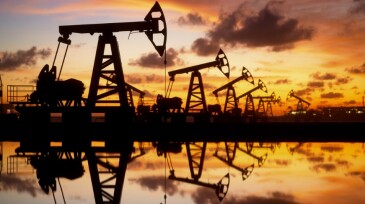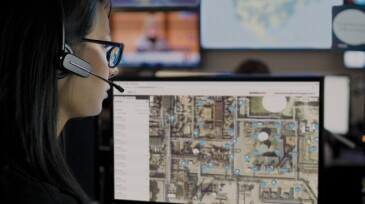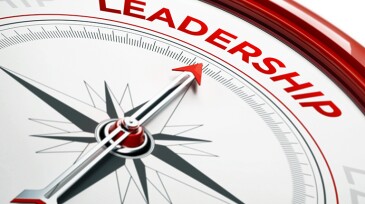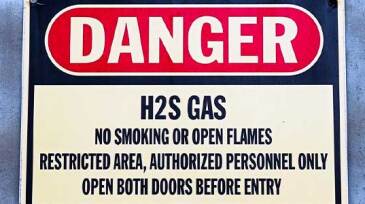Safety
A resilience-based approach to safety was the focus of a panel of experts at the 2025 SPE Annual Technical Conference and Exhibition in Houston.
This paper focuses on developing a model that can be used in an automated, end-to-end flare-smoke detection, alert, and distribution-control solution that leverages existing flare closed-circuit television cameras at manufacturing facilities.
This paper presents a physics-informed machine learning method that enhances the accuracy of pressure transient analysis, predicting reservoir properties to enhance waste slurry injection and waste disposal.
-
Enhanced solutions take detection of hazardous, toxic gas to the next level.
-
A panel discussion at Canada’s Safest Employers Awards centered on climate change as one of the top risk factors safety experts need to prepare for as they help guide their organizations into an uncertain future.
-
Data from Sphera’s latest Safety Report reveals a persistent gap between the intent and reality of process safety management, while environmental, social, and governance concerns are a growing consideration for process-safety management and operational-risk management professionals.
-
In this SPE Live, recorded at SPE’s Annual Technical Conference and Exhibition, HSES Technical Director Sue Staley talks with Norman Ritchie, director at vPSI Group, about the industry transitioning to learning before accidents occur.
-
The device allows for increased worker safety by monitoring surroundings and connecting to managers in real time.
-
The project would evaluate oil and gas extraction workers’ sleep, fatigue, and other related factors, as well as their relationship to industry-associated risks.
-
Proposed revisions to 2019 Well Control Rule aim to bolster safe and environmentally responsible energy operations.
-
Many leaders commit to the aspiration of no harm to people, but they may need help on the substance and actions that will make a difference. The authors share their insights gained from decades of robust experience in safety culture and performance improvement and where it succeeds or fails.
-
"Our safety record is unacceptable, and improvements must be made," Kris Smith said.
-
Given that hydrogen sulfide is such a risk to workers, care must be taken to protect and prevent exposure, particularly when working with lesser-known methods and in more dangerous settings, such as sour-gas fields and the sweetening process.












